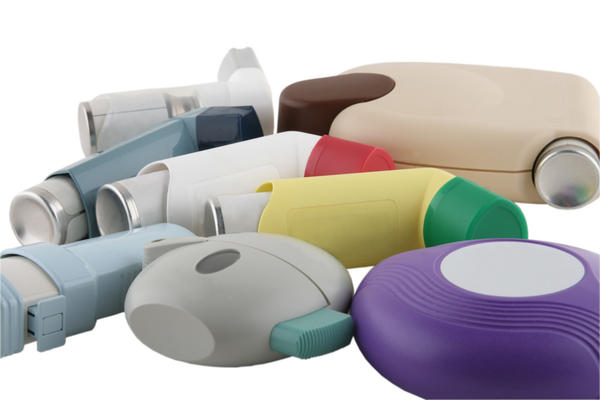Research on LABAs has been slammed by a prominent paediatric respiratory physician as “extraordinary spin”
New research on long-acting beta agonists (LABAs) in children has been slammed by a prominent Australian paediatric respiratory physician as “extraordinary spin”
The study of 6,208 children on daily asthma medication concluded the safety of combined inhaled LABA and glucocorticoid therapy was similar to the inhaled glucocorticoid alone, and in fact offered a 14% reduced risk of asthma exacerbations.
But this was an “incredibly biased” interpretation of the results, said Professor Craig Mellis, a Sydney paediatric respiratory physician and evidence-based medicine advocate.
Children using the salmeterol and fluticasone combination were hospitalised 30% more often than those on fluticasone alone, although this fell short of statistical significance, the NEJM authors said.
However, according to Professor Mellis, the authors used an unusually high yardstick to measure non-inferiority, meaning hospitalisations would have needed to be almost threefold higher in the LABA group to qualify the combination as harmful.
Then they had drawn attention to exacerbations as a measure of efficacy, which favoured LABAs, but both the efficacy and safety outcomes were statistically consistent with chance, he said.
“The problem in Australia is that combined aerosols are grossly overused,” said Professor Mellis, adding the study risked misleading clinicians about the role of LABAs.
“The main point is that it is a rare child who will not be well controlled with low-dose inhaled steroids, and the reason long-acting beta agonists are added on is usually because of low adherence or poor aerosol technique,” he said.
Furthermore, salbutamol was less useful in an emergency in children who had built up a tolerance to beta agonists by using LABAs.
Meanwhile, another study in the same issue of the NEJM looked at the role of LABA/corticosteroid combination therapy in 11,693 adults and adolescents with moderate-to-severe persistent asthma.
Patients taking a steroid plus formoterol experienced 16.5% fewer exacerbations than those using budesonide alone over the 26-week trial, which translated to a number-needed-to-treat of about seven.
Dr Simon Bowler, respiratory physician at Mater Hospital and Asthma Australia spokesman, said the study “expunged any anxiety about the combination therapy” in adults.
The research emphasised that prescribing combination therapy to adults with severe asthma was entirely appropriate, Dr Bowler said.
“There have been innumerable studies that have shown combination inhaled steroids and a LABA is better than a higher dose of inhaled steroids in terms of symptoms and exacerbations,” he said.
However, he warned that combination therapy was overprescribed, and not all patients needed to be on both a steroid and a LABA.
“I think as custodians of our health dollar, we need to recognise that long-acting beta agonists and inhaled steroids is not the standard of care for everyone with asthma, and that most patients with asthma can get by with inhaled steroids on their own.”
The question was not whether the drugs were safe, but rather how to get more people taking inhaled steroids who needed them, Dr Bowler said.
The answer might lie in more innovative strategies, such as over-the-counter inhaled steroids or reducing their price to make them easier to obtain, he said.
The studies were funded by GlaxoSmithKline and AstraZeneca, respectively.


